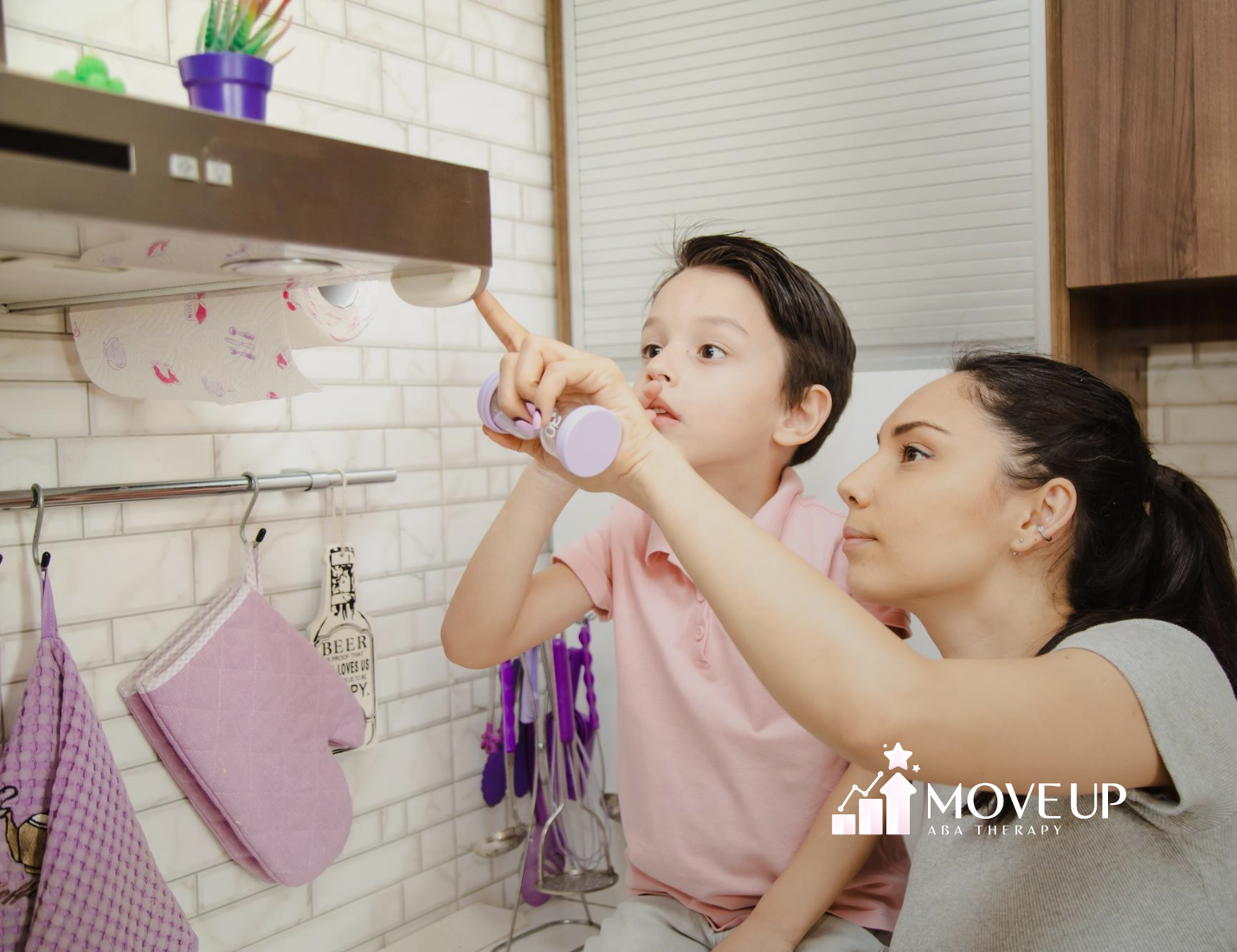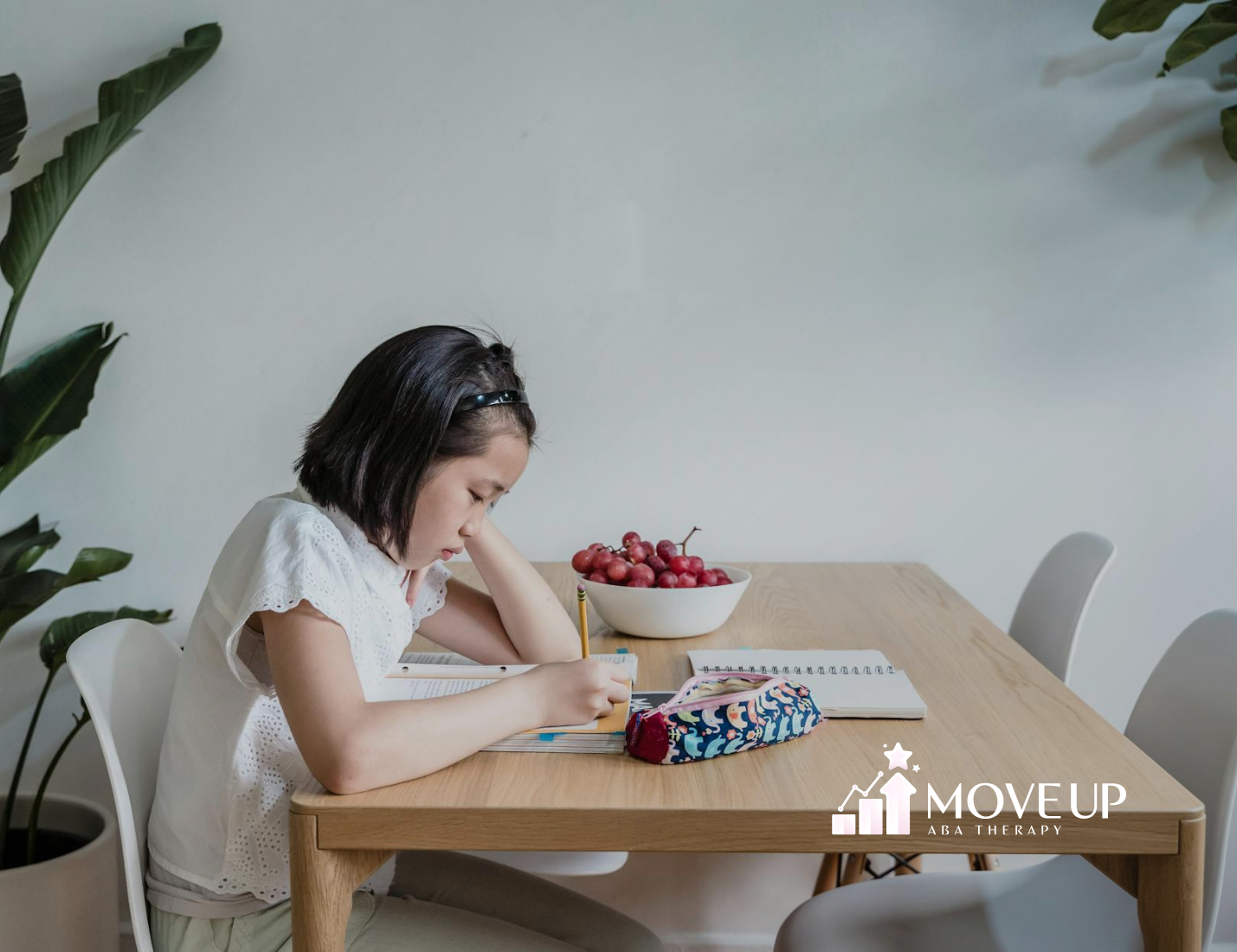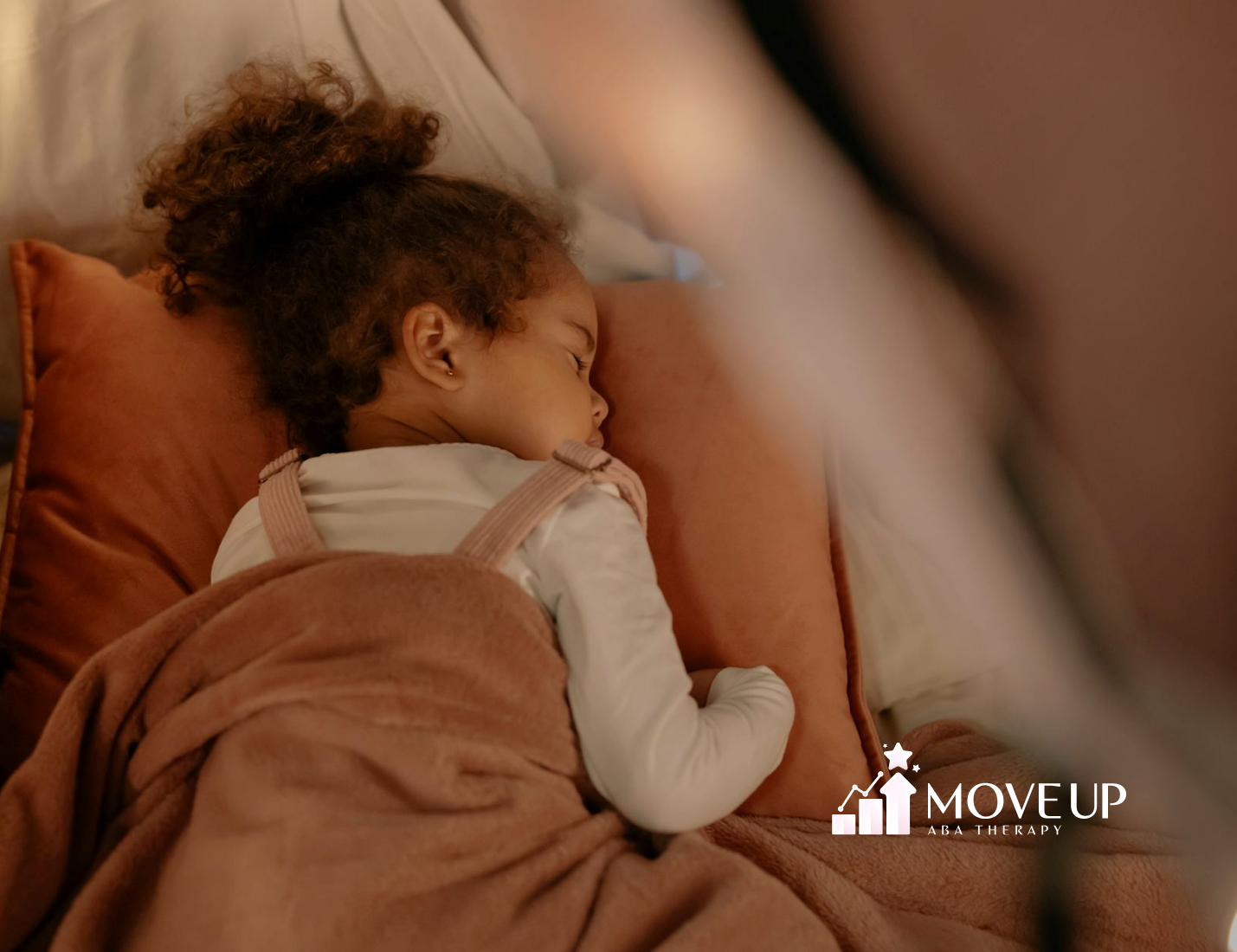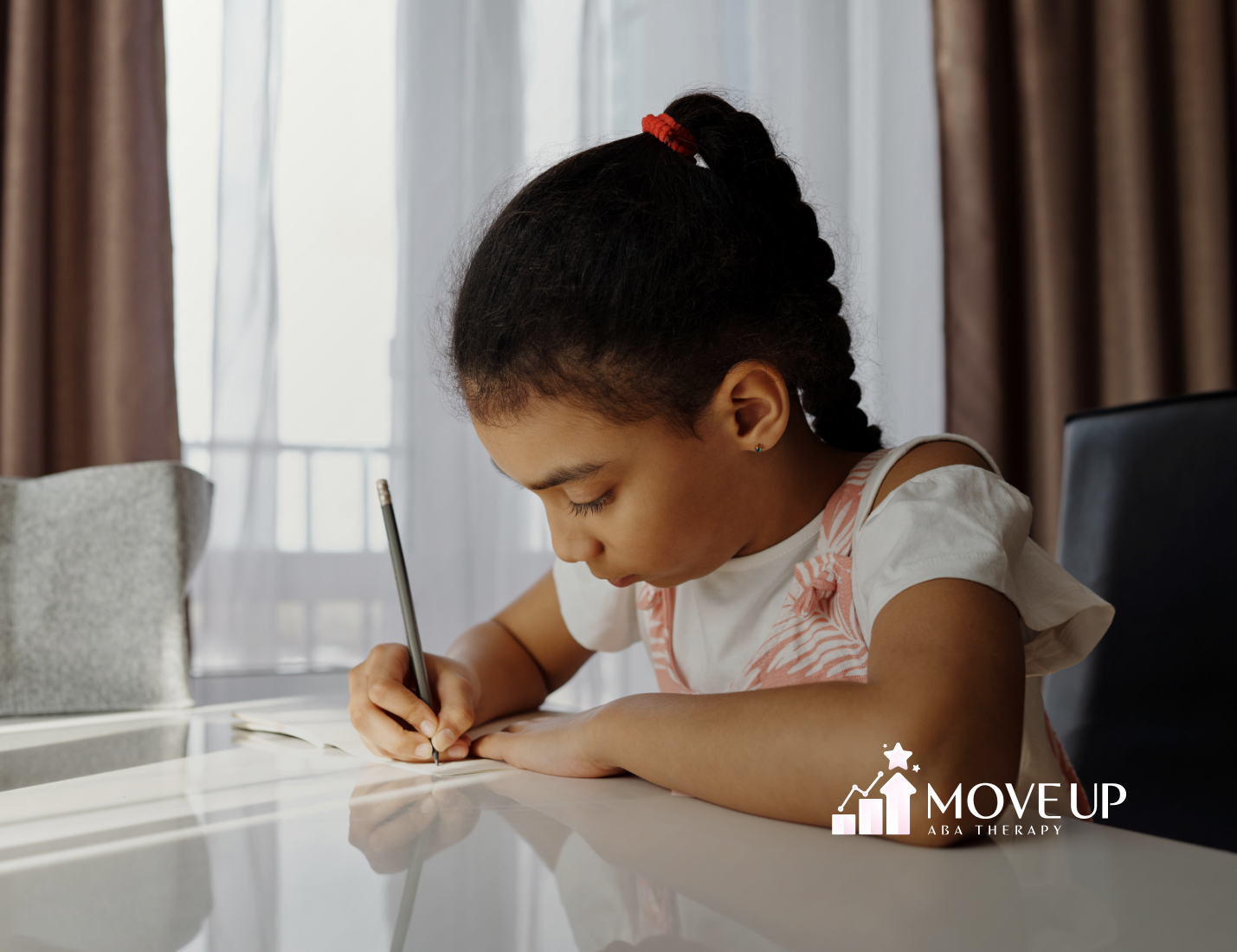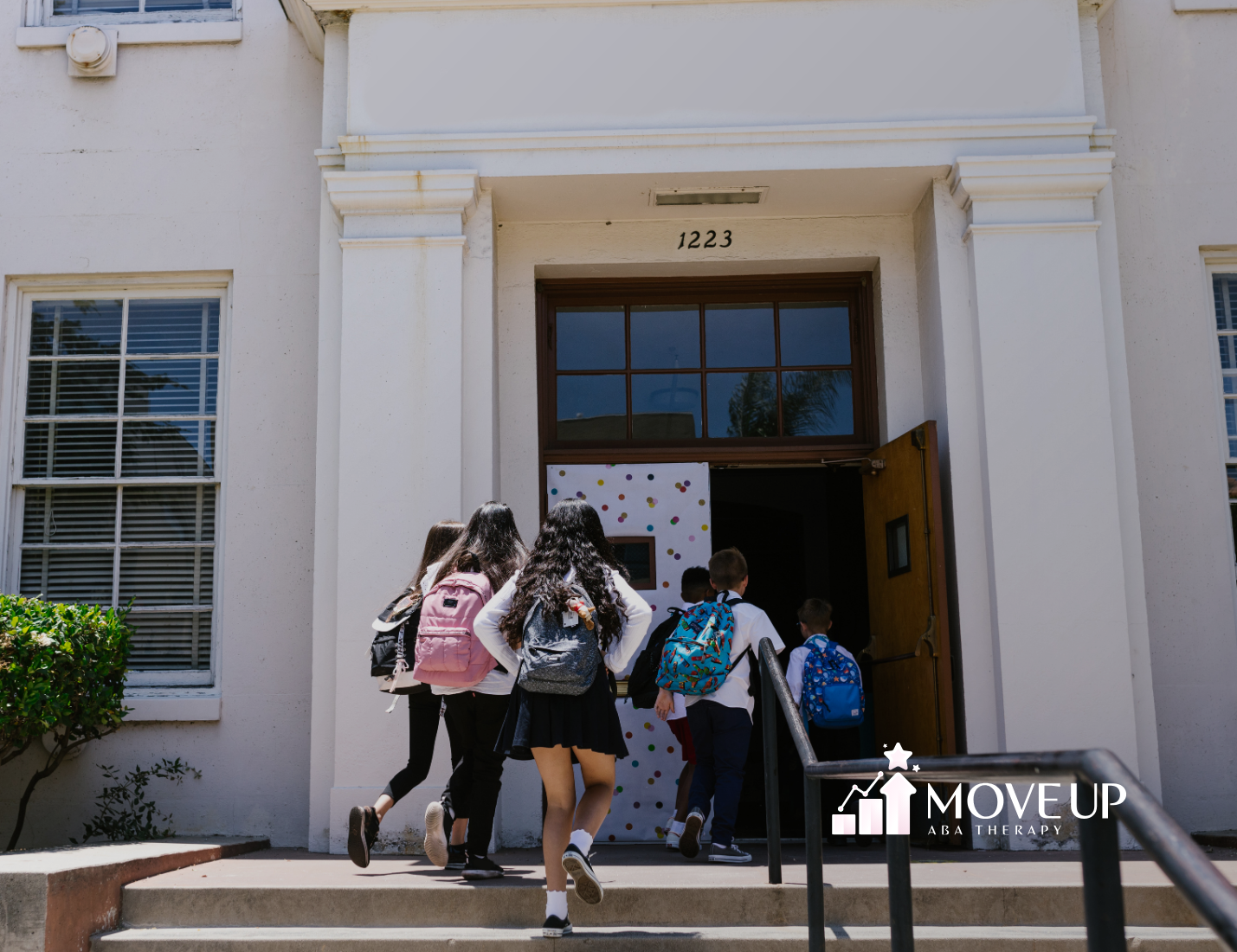Key Highlights
- Autism presents unique home safety challenges like elopement, sensory overload, and unsafe behaviors.
- Address sensory sensitivities by choosing calming colors, lighting, and minimal clutter.
- Proactively child-proof the home, securing hazardous items with locks and setting up barriers to prevent accidents.
- Teach safety routines through visual supports, role-playing, and positive reinforcement for skill-building.
- Home modifications like locked windows, adaptive furniture, and quiet spaces enhance safety and comfort for autistic children.
- Emergency plans and wearable ID tools can prevent and manage wandering incidents effectively.
Keeping your autistic child safe at home is very important. Your child needs a place where they feel secure and comfortable. Children with autism can have unique needs. It can take some extra steps to deal with challenges like elopement and sensory issues. Making your home safe helps you feel more confident. You can use practical, autism-friendly steps for safety. This way, you help your child have a good and nurturing home. With careful planning, your house can be a safe place. It can also be a learning environment where your autistic child builds key safety skills.
Understanding the Unique Home Safety Needs of Children with Autism
Autistic children often face real problems at home, so there needs to be special steps to keep them safe. Sensory issues can make them act out in ways that could be unsafe. Because of this, close supervision is very important. Family members should look at each child’s specific needs before making any decisions about home safety. They should think about simple changes, like covering electrical outlets and setting up smoke detectors. When family members talk about safety skills, risks like elopement, and what to do in an emergency, it helps the home feel safer for everyone. Doing these things helps people in the home understand and meet all the different needs and sensitivities that come with being autistic.
Common Safety Challenges in the Home
There are many things inside the home that can be unsafe for an autistic child. Some children may react to sounds, bright lights, or busy places by doing things that are not safe. For example, they might touch open electrical outlets, grab sharp objects, or go near doors and windows that are open. This can make it easy for them to leave the house when they should not. Elopement can happen if there are no locks or alarms on doors and windows.
Fire safety should always be on your mind. Make sure smoke detectors work in every part of the home. It is also very important for all family members to know what to do in a fire. Talk about your emergency plan so everyone is ready.
Making home safety a top goal can help you shape a space that fits the needs of your autistic child. When you put safety plans in place, you can help keep them safe and give your whole family peace of mind.
Sensory Sensitivities and Their Impact on Safety
Sensory issues can play a big part in how safe an autistic child is at home. If there are too many sights, sounds, or things going on, it can be too much for the child. This may make them feel stressed or anxious. When this happens, they may do unsafe things like trying to run out of the house (elopement) or not pay attention to important things like fire safety.
It is very important to know what makes your autistic child feel upset or calm. When you understand their sensory issues, you can make changes at home. You can use things like soft furniture or put up soundproofing. These can help lower the amount of noise or things the child sees, making it a safe environment.
You can also use visual aids and social stories to help teach safety skills to your child. These can make it easier for them to understand what to do and help them feel more secure in their home. Teaching in this way also helps them manage their sensitivities better, which means they can get the most out of the time spent at home and stay safe.
Creating a Calm and Secure Environment
A good home environment helps an autistic child feel safe and steady. You can use calming colors and soft lighting to make the space more relaxing. This does a lot to cut down on sensory overload. Organizing the house well makes it safer and fits the child’s specific needs. This set routine helps the child feel at home. Using visual aids, like schedules and labels, helps your child understand things better. These tools support everyday safety skills for autistic children.
Choosing Calming Colors and Lighting
Choosing the right colors and lighting can help a child feel safer in their home environment. When you use soft and gentle colors, like pastels, it can help stop sensory overload. This can make a room feel calm and good for the child. It is also good to have lighting that you can change, so you always get the best mood for what the child needs. The right lighting can help to create a calm place. Bringing in natural sunlight and using dimmer switches adds some predictability and helps lower anxiety. Taking the time to set up these things helps kids work on safety skills. It also makes the home a safe and welcoming place to be.
Organizing Spaces to Minimize Overstimulation
Creating a calm space at home starts when you organize things to cut down on sensory overload. It is good to set up different areas for different activities. You should keep toys and other things put away in their place and easy to get to. This can help give your autistic child a clear sense of order.
Using visual aids and labels can help your autistic child move around the home with less confusion. It also helps them be more independent and not need as much help from others day-to-day.
Soft lighting makes the area feel soothing. It also helps family members see if there are any unsafe behaviors or if someone in the home might be getting too much sensory input. This way, they can help right away.
A peaceful and well-arranged space can make a big difference in the safety and well-being of your autistic child.
Practical Home Modifications for Enhanced Safety
Making some changes at home can help keep an autistic child safe. If you secure the doors and windows, you lower the chance of elopement. Safety locks stop kids from getting into places that can be dangerous. Adding smoke detectors and thinking about fire safety helps you and your family members act fast if there is an emergency. If you child-proof electrical outlets, the home becomes safer for kids with sensory issues. Visual aids also help everyone in the house remember safety rules. This way, the autistic child and other family members are more likely to stay safe and follow house rules.
Securing Doors, Windows, and Exits
Making sure the doors, windows, and exits of your home are locked is important if you have an autistic child. You can add child-proof locks and alarms. This helps stop elopement and lets everyone feel safe. Put visual aids near the exits, so it is easier for your autistic child to understand safety rules. Family members should help make and follow a routine to check all these spots often. It is also good to make a safety plan. Be sure to include emergency numbers and test smoke detectors. These steps help with household safety and can give parents peace of mind.
Safe Storage of Hazardous Items and Household Products
Putting good storage systems in place for things that can be dangerous is key to having a safe environment. You should keep all household products, like cleaning supplies and medications, in locked cabinets or on shelves that are high up, so children can not reach them. Use child-proof locks to make things even safer, especially if there are family members with sensory issues, since they might engage in unsafe behaviors. Adding labels with visual aids to these items can also help everyone in the house understand the dangers. This is important for your home security plan and helps make your learning environment at home better and more supportive for all.
Establishing Safety Routines and Teaching Strategies
Creating safety routines is important to help keep an autistic child safe in the home environment. Using visual supports and labels can make it much easier for the child and their family members to understand and remember key safety skills. Social stories are also helpful. They can be used to explain things like the dangers of electrical outlets or why leaving open doors can be risky. Taking time to do emergency drills often and using positive reinforcement helps make these safety rules stick. This prepares everyone, so people know what to do if something happens, and the risk of unsafe behaviors or elopement is lower for the autistic child.
Using Visual Supports and Labels
Using visual supports and labels can help autistic children understand things better and talk more easily. When family members use visual aids like charts, pictures, or color-coded signs, they make the learning environment more structured. These tools help cut down on confusion for everyone. They also build safety skills, helping kids know which actions are safe and which are unsafe. If families keep using these visual rules again and again, they help set routines. This support is important for fire safety, too. It also helps make sure emergency steps are easy to follow. In the end, these tools help make the home environment safer for all.
Practicing Emergency Drills and Role-Playing Scenarios
Practicing emergency drills and role-playing is very important for helping an autistic child learn safety skills. When you do these activities at home, the child gets to know their home environment better. They also start to see what things might be risks for safety. You can use visual aids like visual rules and social stories. These help the child understand and remember what to do. Doing these things over and over is helpful. Positive reinforcement, such as saying good job or giving a reward, makes them feel safe. This also helps get them ready to handle emergencies like fire safety issues or elopement. All of this can keep them safe and well.
Final Thoughts
Creating a safe home environment for a child with autism is one of the most meaningful ways you can support their well-being—and your peace of mind. By understanding your child’s unique needs and adjusting your home to reduce sensory triggers, establish routines, and remove potential hazards, you’re building a space where they can feel secure, calm, and supported. Safety is an ongoing process, and staying proactive can make all the difference.
At Move Up ABA, we’re here to help you every step of the way. Our team specializes in in-home ABA therapy tailored to your child’s needs, including strategies to make your home safer and more supportive.
Contact Move Up ABA today to learn how we can work together to create a safe, nurturing environment where your child can grow and thrive.
Frequently Asked Questions
1. How can I prevent my autistic child from wandering at home?
Prevent wandering by using home security features such as child-proof locks on windows and doors. Set up alarms that will alert you if needed, and make sure to have close supervision at all times. You can also use ID tags or safety bracelets that someone can wear to help with identification. Keep safety routines the same every day.
2. What are the best ways to childproof the home for sensory issues?
To help lessen sensory overload, take out bright lights and loud textures. Choose soft colors and shades in the rooms. Arrange furniture in a set way. Use things in the space to help people know where to go. Make sure high-risk areas are kept safe by using good safety skills and close supervision at all times.
3. Are there specific alarms or devices recommended for autism safety?
Yes, some special alarms and devices can make kids with autism much safer. You can use alarms that flash lights or buzz to let the caregiver know something is happening. There are also sensors for doors and windows, and smart home systems that help keep the child safe. These things give extra protection and help everyone feel more at peace.
Sources:
- https://www.autismspeaks.org/sensory-issues
- https://autismawarenesscentre.com/visual-supports-best-way-use/
- https://www.autismparentingmagazine.com/social-stories-for-autistic-children/
- https://www.ppgpaints.com/paint-colors-for-autism
- https://pmc.ncbi.nlm.nih.gov/articles/PMC3086654/


